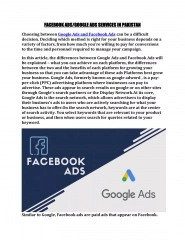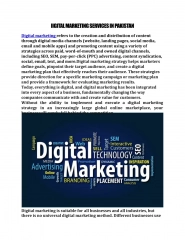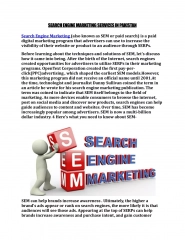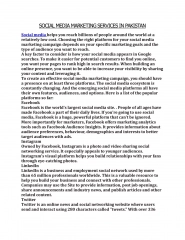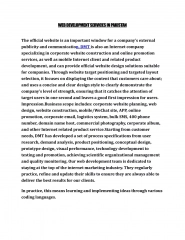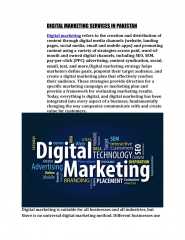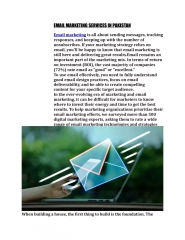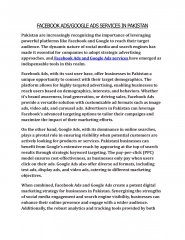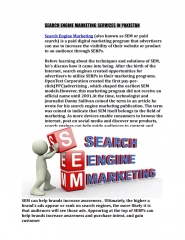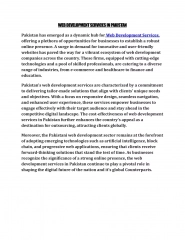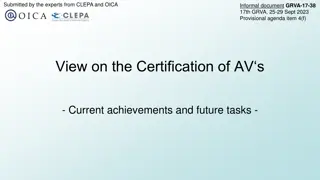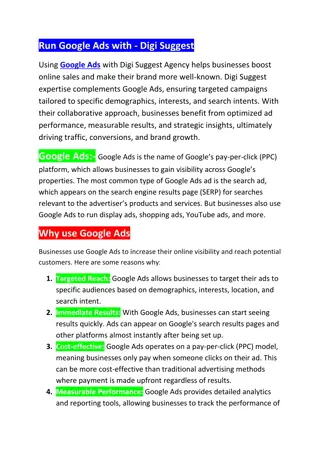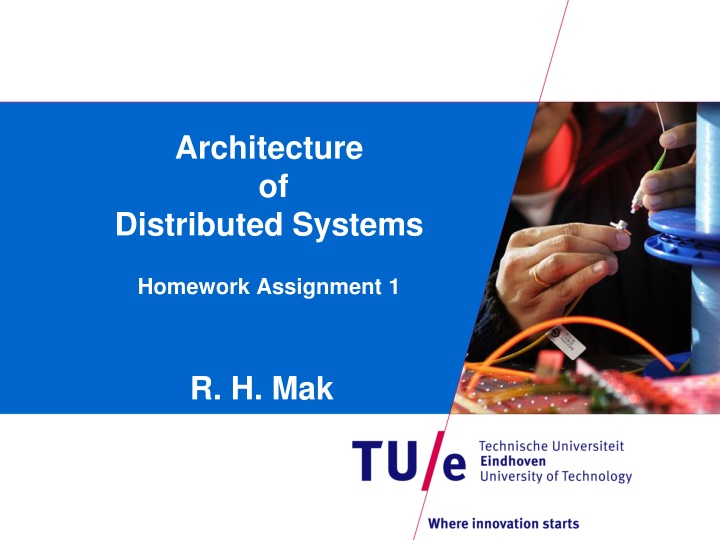
Exploring Building Blocks and Models in Distributed Systems
Delve into the intricate world of distributed systems with a focus on building blocks, connectors, views, stakeholder concerns, and EFRs. Analyze various models, identify distribution concepts, and evaluate clarity for a comprehensive understanding.
Download Presentation

Please find below an Image/Link to download the presentation.
The content on the website is provided AS IS for your information and personal use only. It may not be sold, licensed, or shared on other websites without obtaining consent from the author. If you encounter any issues during the download, it is possible that the publisher has removed the file from their server.
You are allowed to download the files provided on this website for personal or commercial use, subject to the condition that they are used lawfully. All files are the property of their respective owners.
The content on the website is provided AS IS for your information and personal use only. It may not be sold, licensed, or shared on other websites without obtaining consent from the author.
E N D
Presentation Transcript
Architecture of Distributed Systems Homework Assignment 1 R. H. Mak
Exercise Consider the models on the following slides and answer the following questions. Each model is provided with a hyperlink to acknowledge its source and for additional information. 1. What building blocks do you see? What do they represent? Are they conceptual (C) or physical (P)? Same questions as 1, but now for connectors? Do not forget (C) or (P)! To which views (1..*) does the model belong? Motivate why, and identify corresponding stakeholders and their concerns. Which of the following EFRs are addressed (Y + motivation | N)? Performance/scalability, availability/reliability, security, maintainability, other? Is there a concept of distribution (Y + motivation | N)? Comment on the clarity/semantics of the diagram | | , plus motivation Keep you answers crisp! 2. 3. 4. 5. 6. Rudolf Mak 2IMN10-HWA 1 18-Mar-25
Taken from: VICSDA: using virtual communities to secure service discovery and access Rudolf Mak 18-Mar-25 2IMN10-HWA1 2
Taken from: https://engineering.linkedin.com/espresso/introducing-espresso- linkedins-hot-new-distributed-document-store 2IMN10-HWA1 page 3 Rudolf Mak 18-Mar-25
Taken from: https://https://www.oreilly.com/learning/docker-networking-service-discovery Rudolf Mak 18-Mar-25 2IMN10-HWA1 4
Taken from: http://ithare.com/mmog-rtt-input-lag-and-how-to-mitigate-them/ Rudolf Mak 18-Mar-25 2IMN10-HWA1 5
Taken from: http://www.eetimes.com/document.asp?doc_id=1278566 Rudolf Mak 18-Mar-25 2IMN10-HWA1 6
Taken from: http://www.informit.com/articles/article.aspx?p=1927741&seqNum=2 Rudolf Mak 18-Mar-25 2IMN10-HWA1 7
Taken from: https://ieeexplore.ieee.org/stamp/stamp.jsp?tp=&arnumber=6298895 Rudolf Mak 18-Mar-25 2IMN10-HWA1 8
Taken from: http://http://www.mikepluta.com/category/architecture/ Rudolf Mak 18-Mar-25 2IMN10-HWA1 9
Taken from: https://www.programiz.com/python-programming/package Rudolf Mak 18-Mar-25 2IMN10-HWA1 10
Taken from: https://www.w3.org/TR/2004/NOTE-ws-arch-20040211/#service_oriented_architecture Rudolf Mak 18-Mar-25 2IMN10-HWA1 11


